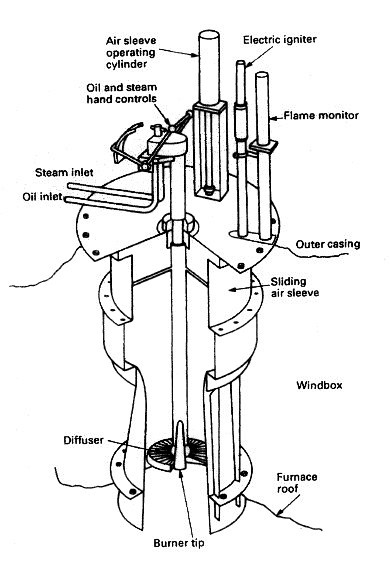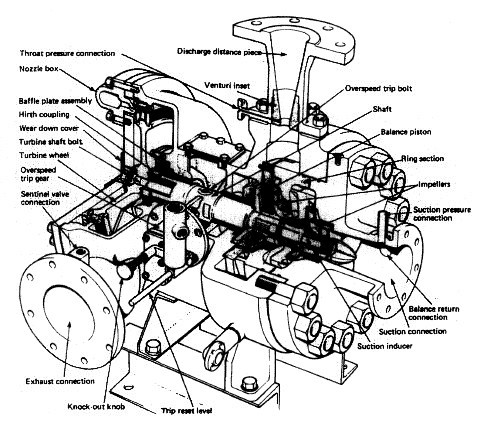
Marine Boiler Feedwater- Treatment & Purity Control
A boiler is used to heat feed water in order to produce steam. The
energy released by the burning fuel in the boiler furnace is stored (as
temperature and pressure) in the steam produced.
Most 'pure' water will contain some dissolved salts which come out of solution on boiling. These salts then adhere to the heating surfaces as a scale and reduce heat transfer, which can result in local overheating and failure of the tubes. Other salts remain in solution and may produce acids which will attack the metal of the boiler. An excess of alkaline salts in a boiler, together with the effects of operating stresses, will produce a condition known as 'caustic cracking'. This is actual cracking of the metal which may lead to serious failure.
Most 'pure' water will contain some dissolved salts which come out of solution on boiling. These salts then adhere to the heating surfaces as a scale and reduce heat transfer, which can result in local overheating and failure of the tubes. Other salts remain in solution and may produce acids which will attack the metal of the boiler. An excess of alkaline salts in a boiler, together with the effects of operating stresses, will produce a condition known as 'caustic cracking'. This is actual cracking of the metal which may lead to serious failure.



